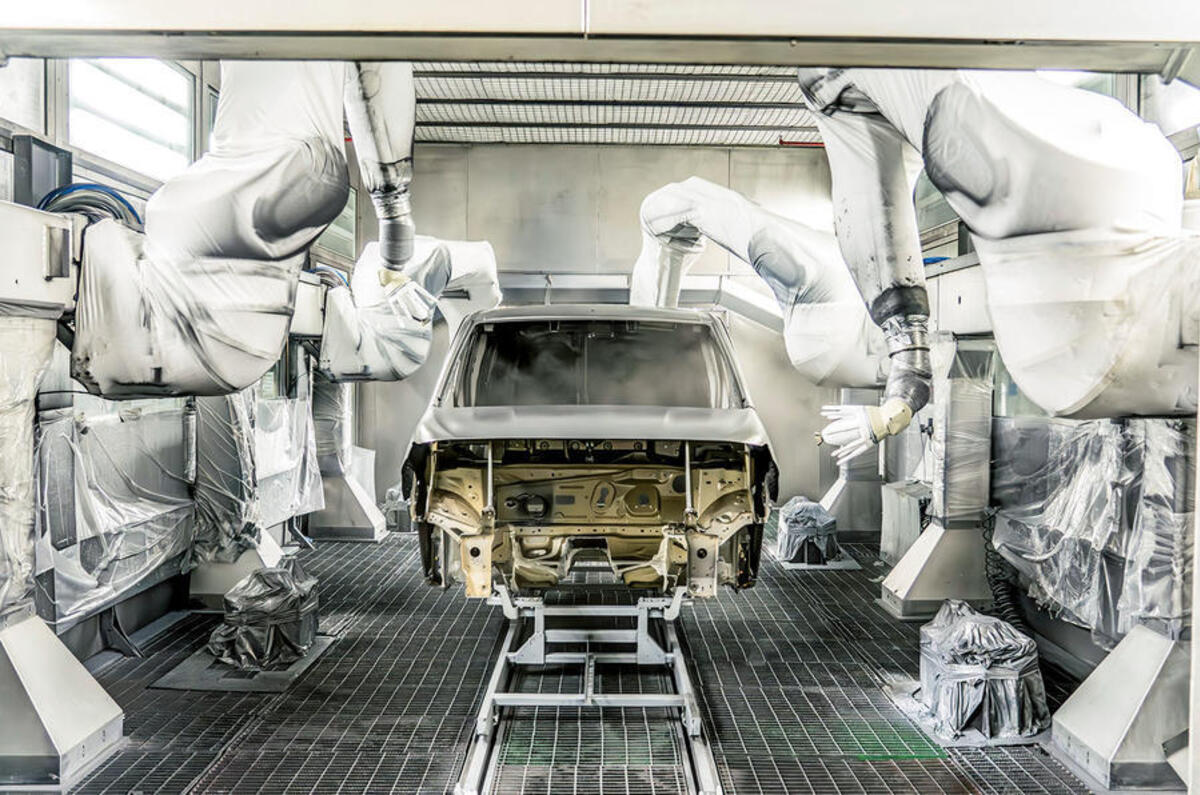Of all the senior jobs created amid the current transformation of the automotive industry, the one held at Stellantis by Alison Jones sounds like the one with the most grit and the least glamour.
As vice-president of Circular Economy, it’s Jones’s job to pull together myriad unsexy activities, such as used part sales, across the multinational giant's 14 brands (which include Alfa Romeo, Dodge, Fiat, Jeep, Peugeot and Vauxhall).




Add your comment